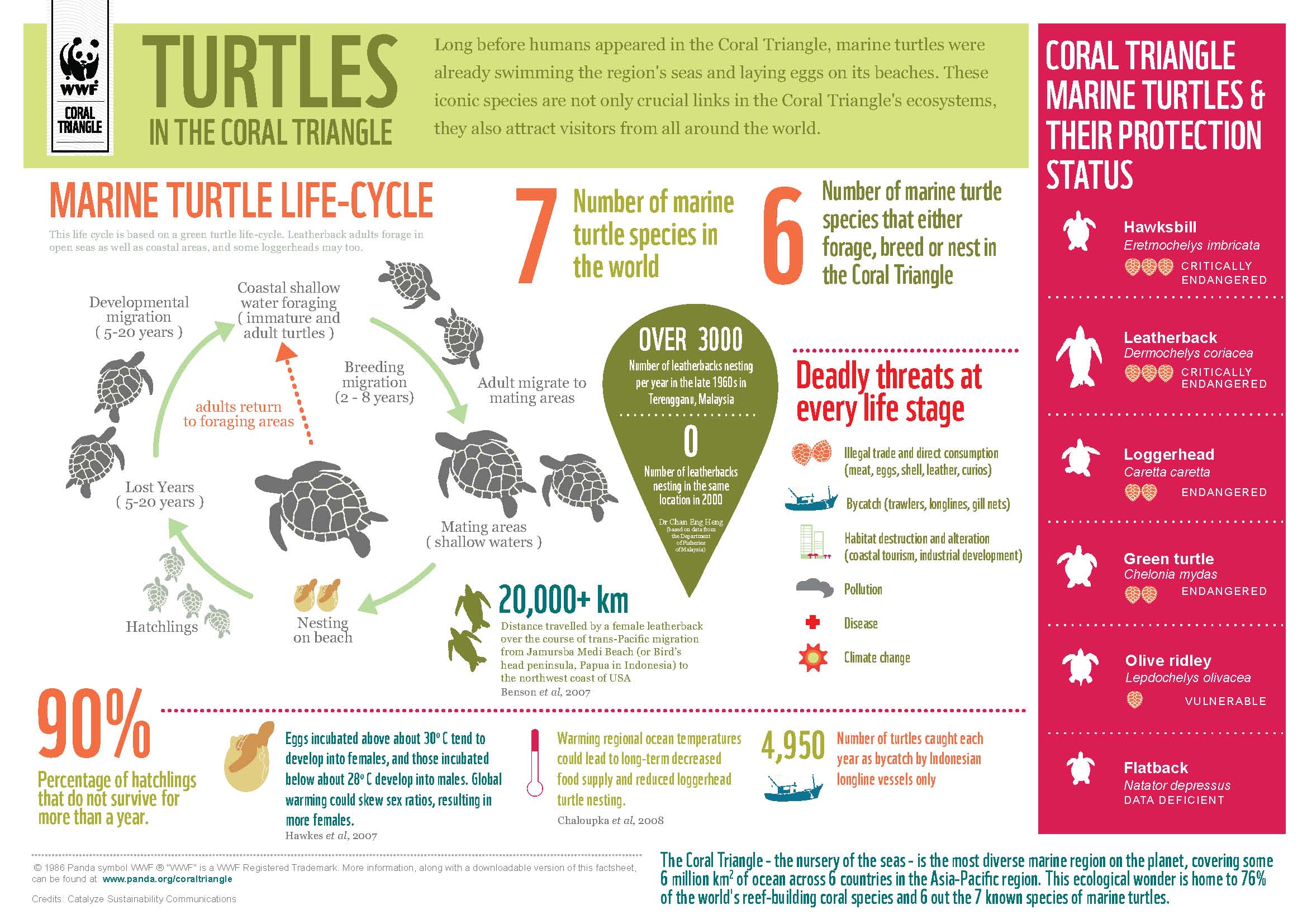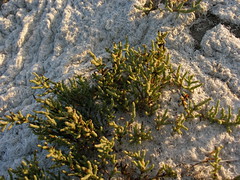A diet rich in fruits and vegetables has been scientifically proven to provide multiple health benefits, including lowering your risk of various chronic diseases and keeping your body healthy. Making major dietary shifts, on the other hand, can be overwhelming. For starters, changing your diet drastically can be difficult; but people can start with a few tiny changes. It is because things become easy to manage when you start with one thing at a time rather than all of them at once. A regular diet can be made a little bit healthier by including some basic, everyday foods to your meal. Read on these exipure real reviews.
Here’re 5 Healthy Foods To Add To Your Healthy Diet:
1. Berries:
Berries such as strawberries, cranberries, blueberries, black currants, and blackberries have been linked to a lower risk of cardiovascular disease. Natural antioxidants like vitamin C and vitamin E, as well as micronutrients like folic acid, selenium, alpha and beta-carotene, and lutein, are all found in them. Berries are abundant in moisture and fibre, while being low in calories. Antioxidant, anti-hypertensive, anti-hyperglycemia, and anti-inflammatory activities are all found in berries. A daily bowl of berries helps to prevent ageing, boost immune health, battle stress and anxiety, regulate body weight, and promote urinary tract health.
It is one nutritious food that is easily available across the world. Yogurt is high in protein, calcium, vitamin B12, and phosphorus – all of which are important components in the diet. Benefits of yogurt consumption include bone health, weight maintenance and cardio-metabolic disease prevention. Check these exipure reviews.
Yogurt is the best source of probiotics, in addition to calcium and protein (good live bacteria). Having a proper balance of bacteria in your gut improves digestion, blocks dangerous organisms that can cause infections, and boosts the immune system. Protein in yogurt promotes weight loss and has satiating properties.
3. Drumstick:
Drumstick or moringa is a trending vegetable in developing countries. It has been used for centuries due to its medicinal properties and health benefits. Moringa leaves are an abundant source of minerals, vitamins, and other essential phytochemicals. Leaf extract has anti-cancer, anti-inflammatory, anti-diabetic, antioxidant, and anti-microbial properties. Moringa leaves are rich in iron and zinc, which help treat anemia and the development of sperm cells, respectively.Research states that regular use of drumsticks improves mental alertness, bone strength and improves eyesight. The anti-bacterial properties of moringa prevent cancer, common cough and cold. The laxative properties of moringa help relieve constipation. Learn more about keto x3 healthy benefits.
4. Mangosteen:
Mangosteen has anti-bacterial, anti-fungal, anti-hyperglycemic, anti-inflammatory, anti-cancer, antidepressant, antihistamine, analgesic and anti-viral properties. Mangosteen can cure acne, skin blemishes, oily and dry skin. Mangosteen controls levels of triglycerides, regulate heart rate and helps maintain normal blood pressure. The xanthones in mangosteen are naturally occurring plant compounds with anti-inflammatory molecules. This vital trait in mangosteen makes it a remarkable remedy for relieving unbearable body pain due to arthritis, sciatica, and menstrual cramps. Fiber helps regulate appetite, control untimely cravings, promote digestion, and augment energy metabolism. This is how exipure works.
5. Almonds:
Adding almonds to your diet can help lower blood cholesterol levels. They protect artery walls from damage. It was found that the flavonoids in almond skins work in synergy with vitamin E, thus reducing the risk of heart disease (Research at Tufts University). Almonds contain phosphorus that helps build strong bones and teeth. Almonds contain riboflavin and L-carnitine – nutrients that boost brain activity and may also reduce the risk of Alzheimer’s disease. Research shows that eating almonds along with a high glycemic index food significantly lowers the glycemic index of the meal and lessens the rise in blood sugar after eating.














What people are saying …